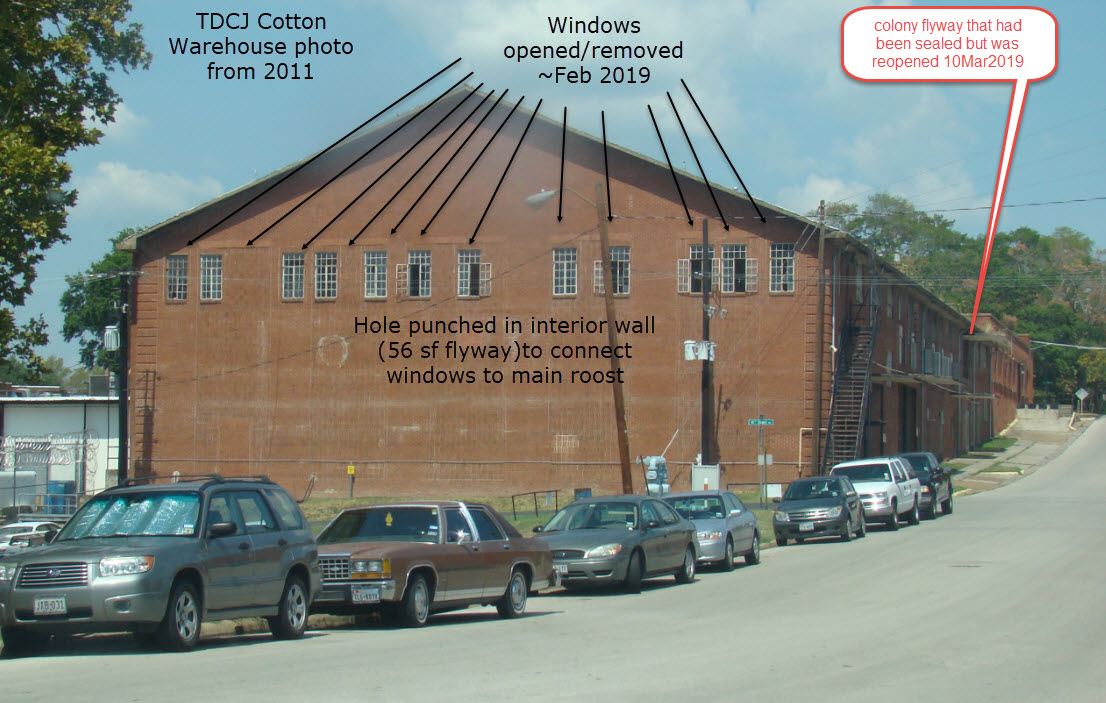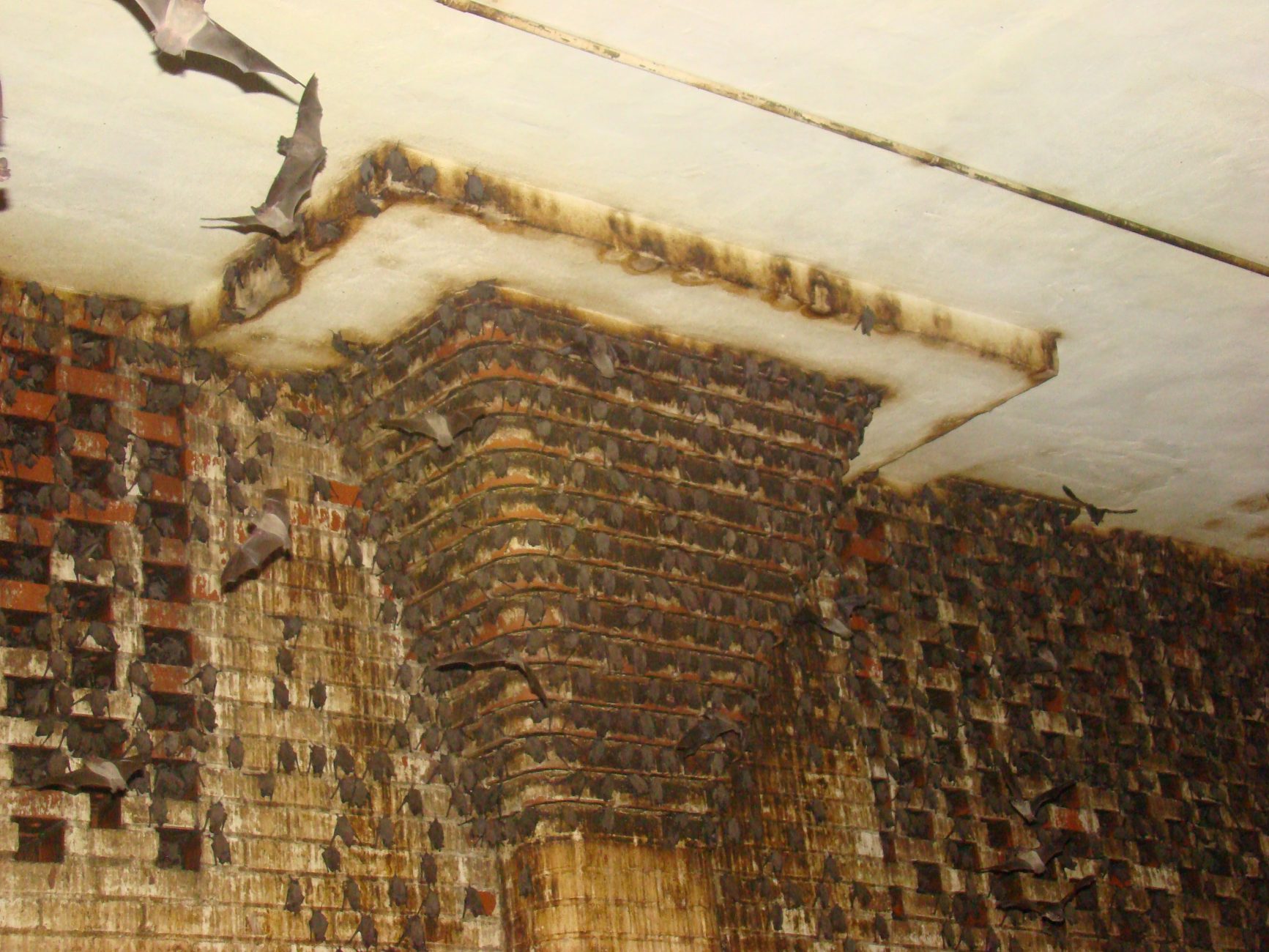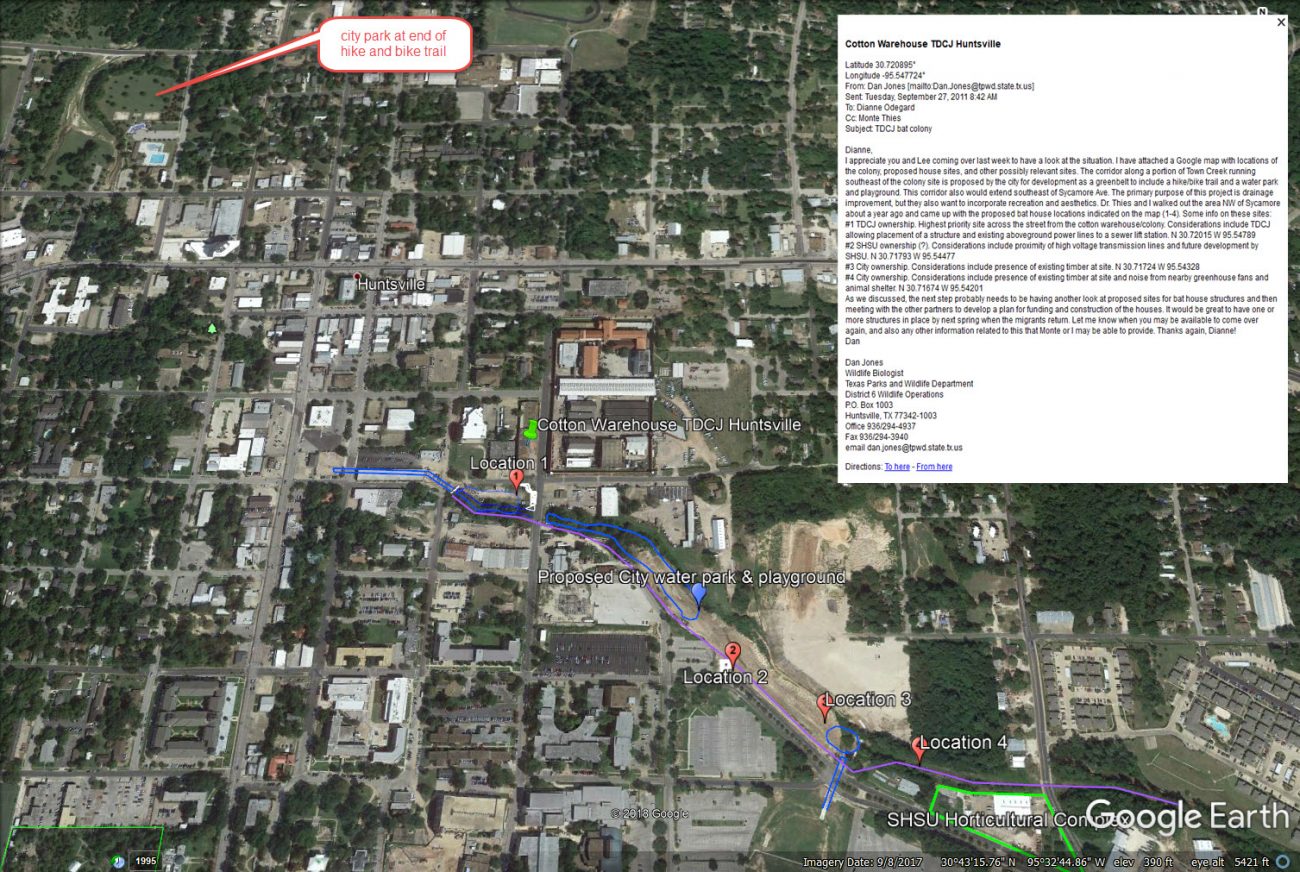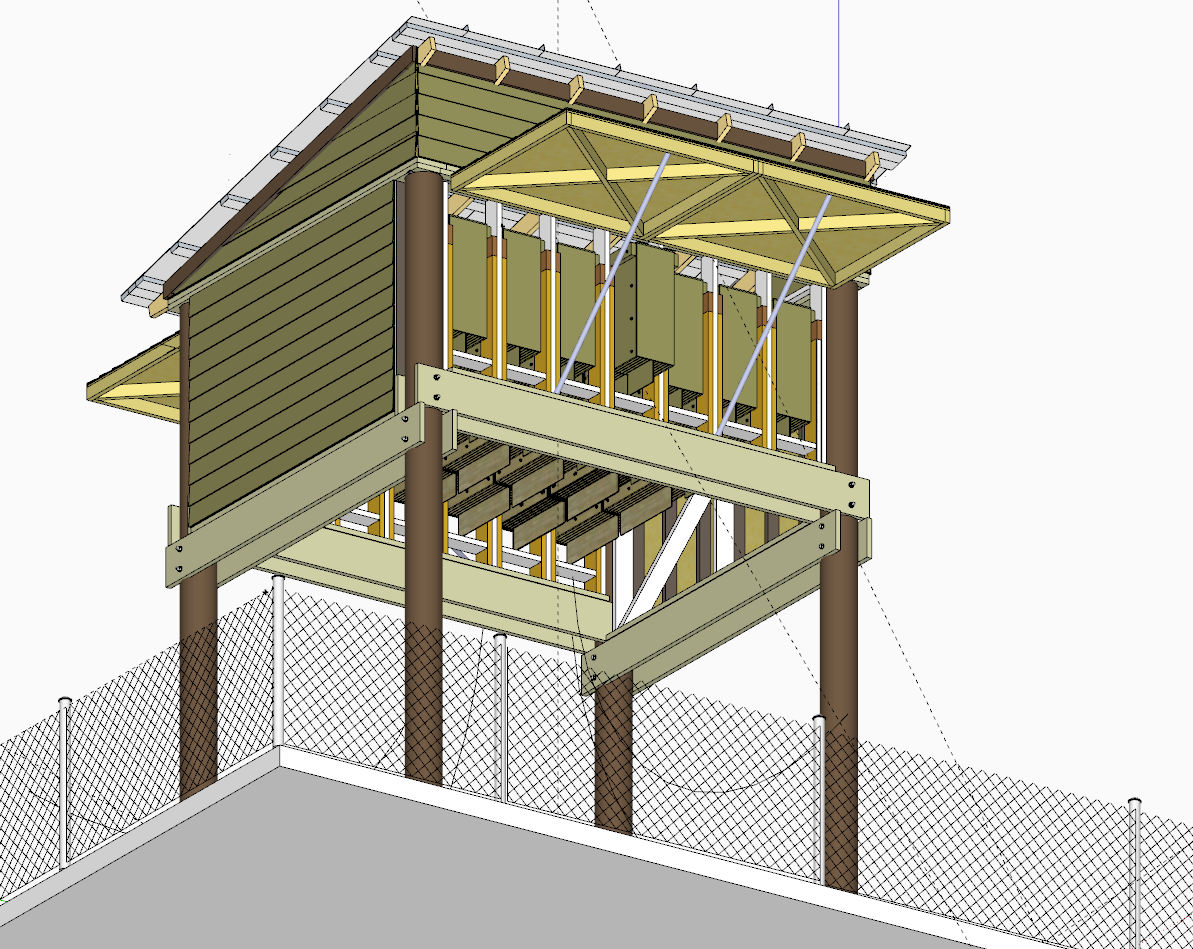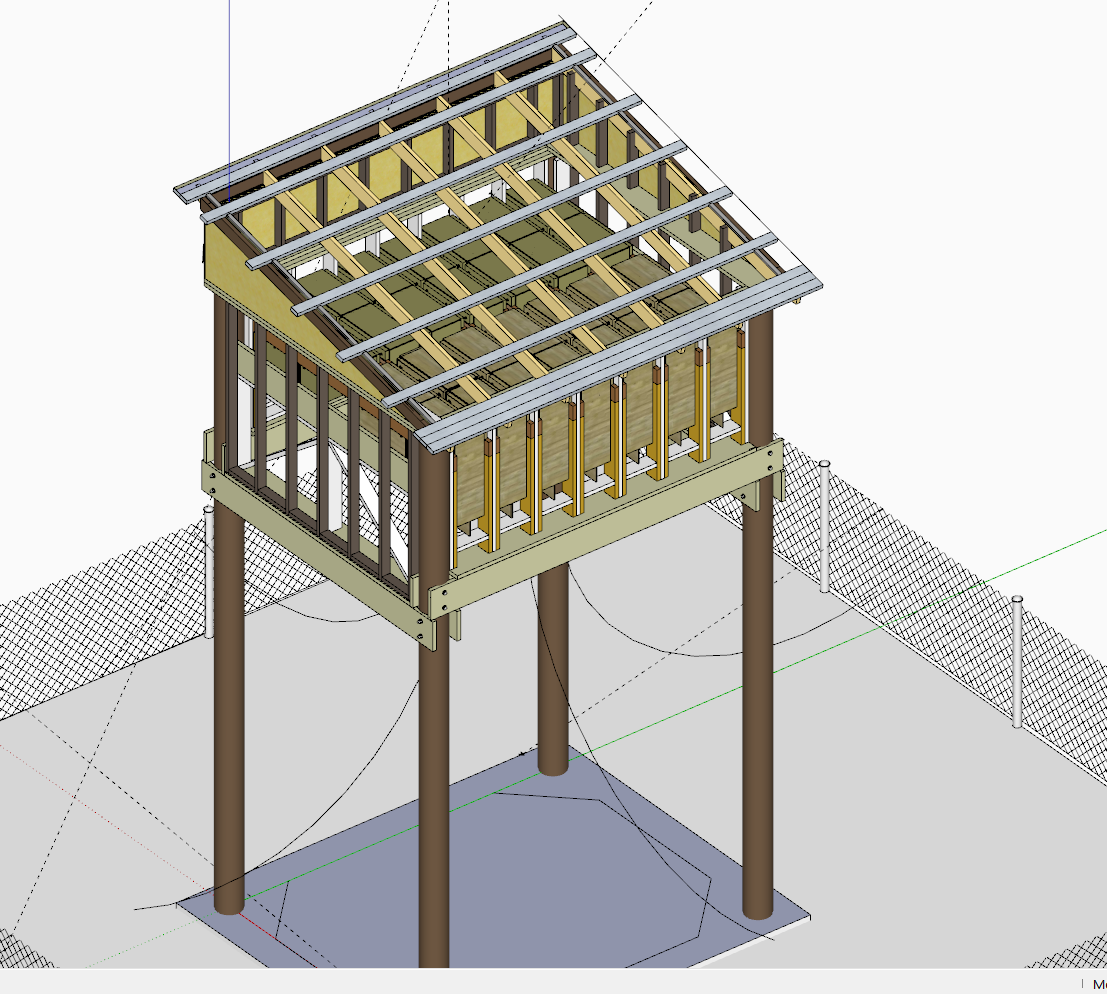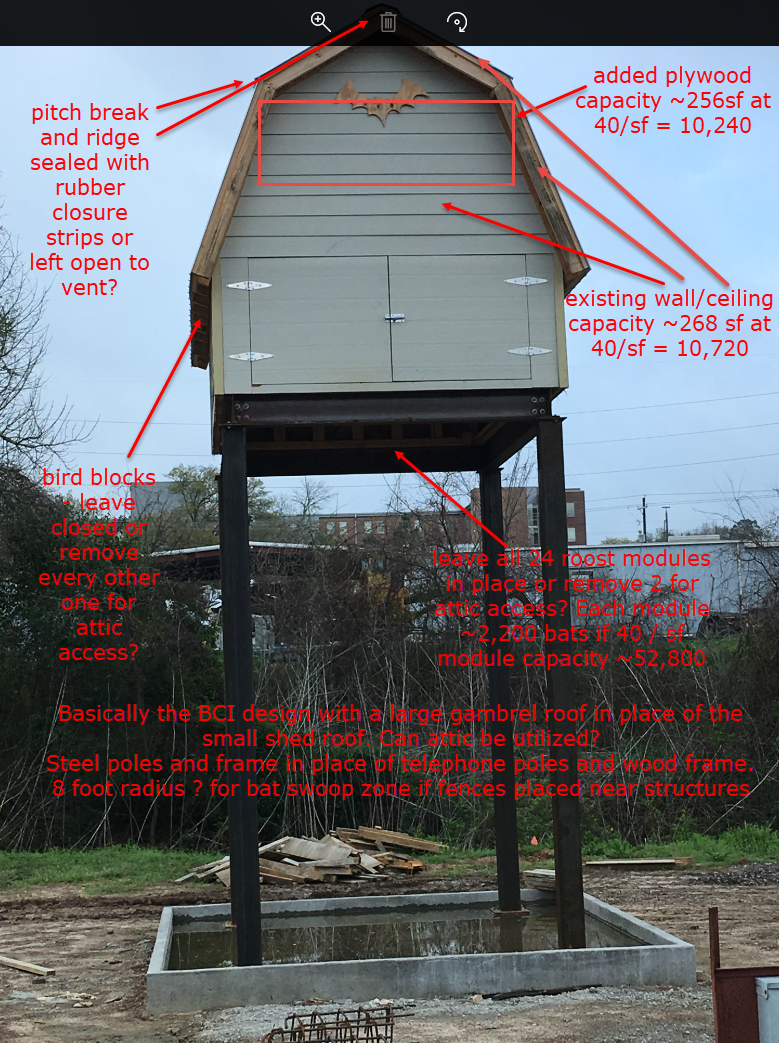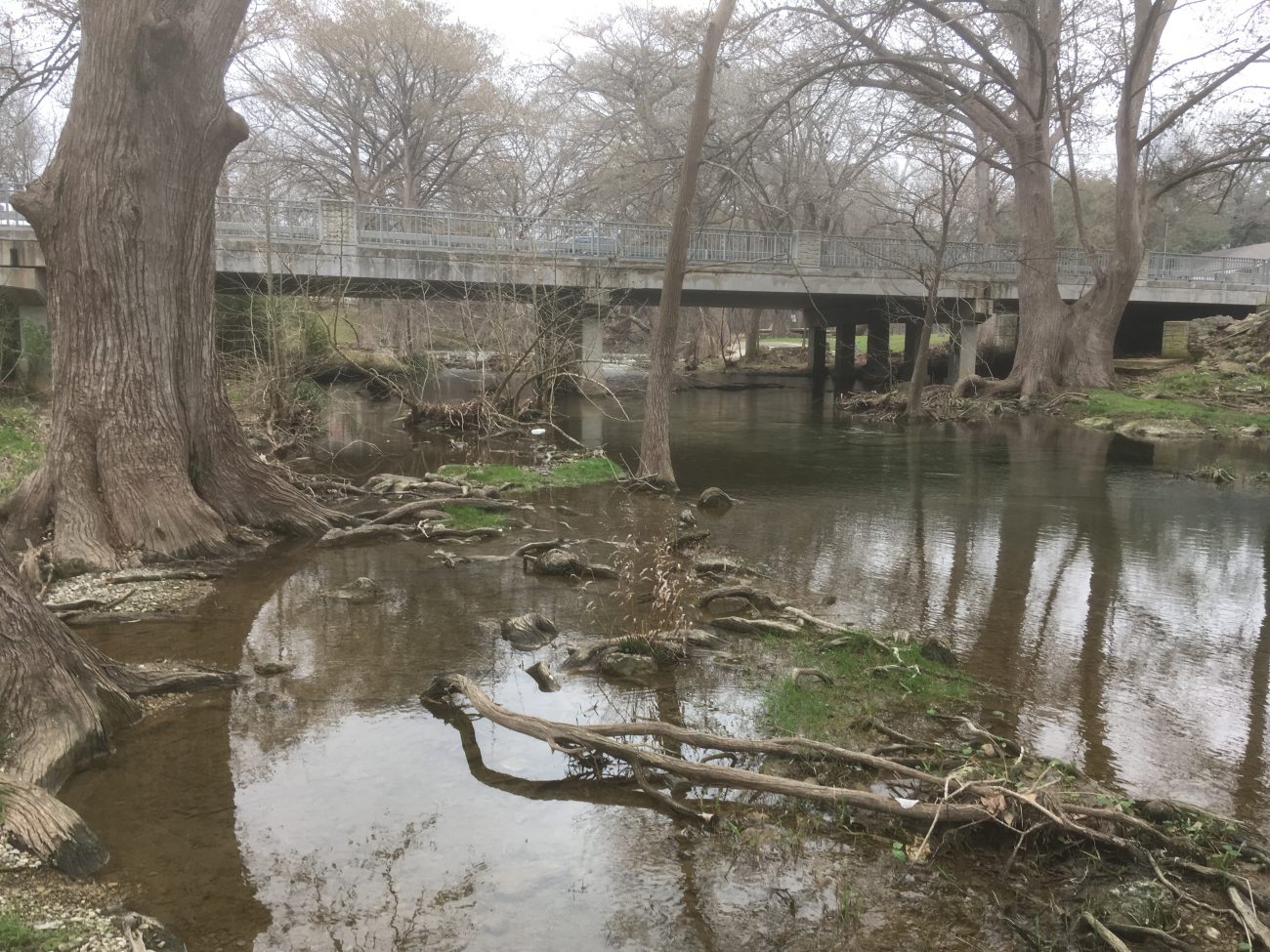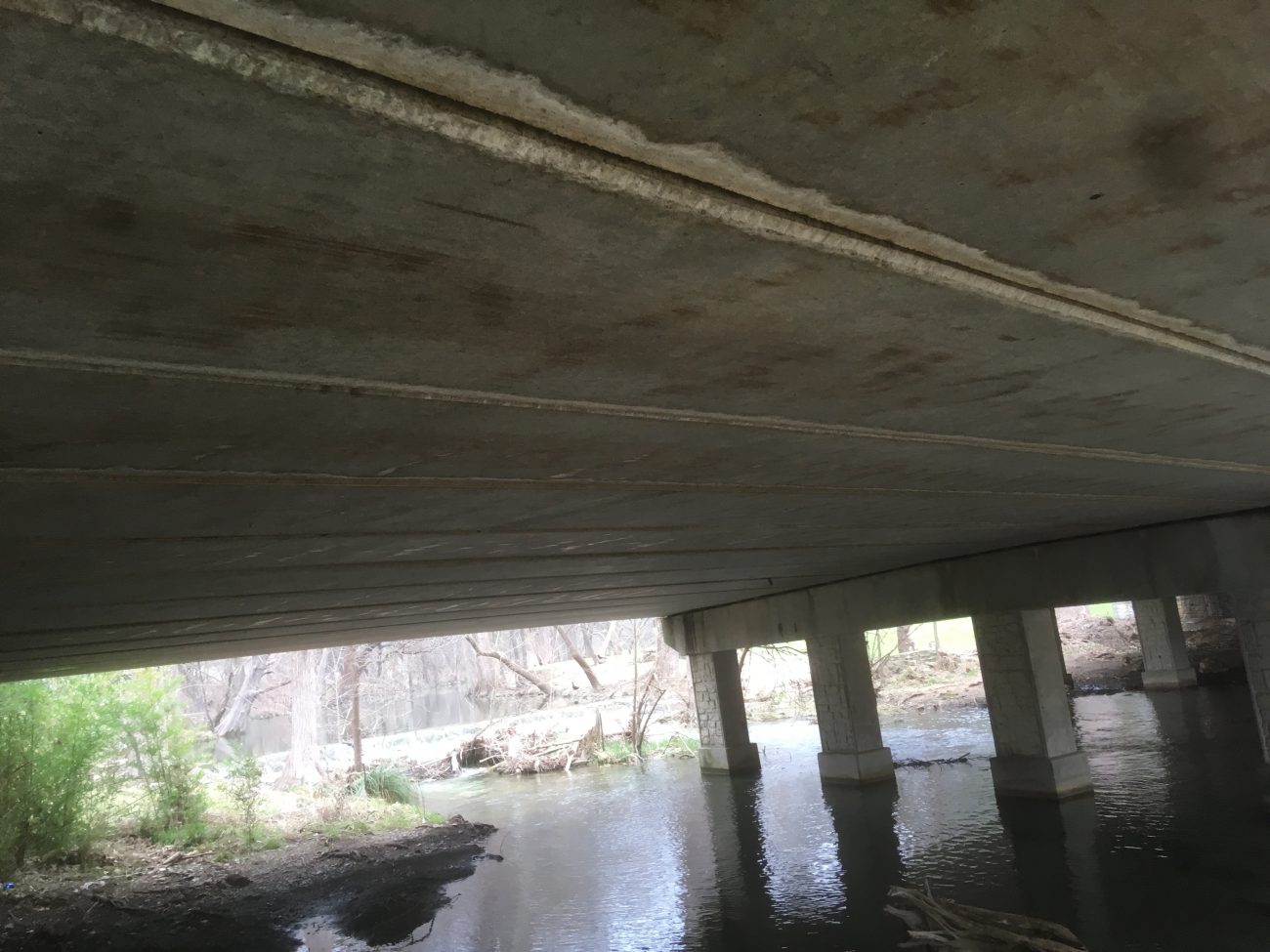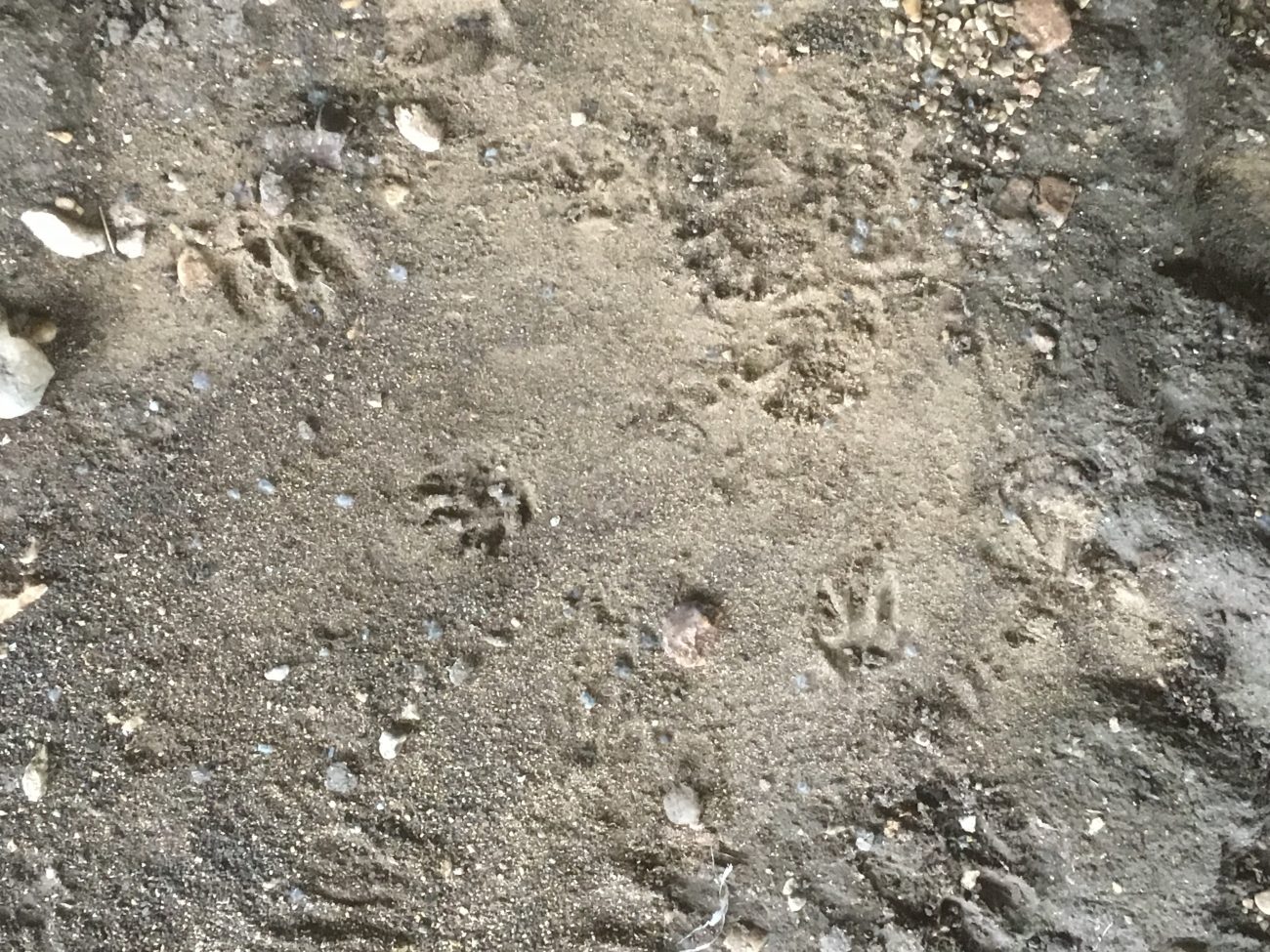This thread is regarding a Canadian store, but the disgust applies to any store selling taxidermied bats.
Fiona Reid I was at Guelph mall today Christmas shopping. I went into Green Earth Store and was horrified and disgusted to see these framed stuffed bats on sale. I asked for the manager and told them that this was unacceptable. She responded that the animals were “farmed” and only ones that died a natural death were preserved. They say they are supporting conservation by farming endangered species. One of the bats is a horseshoe bat. The other two are Javan Pipistrelles. These animals cannot be “farmed” and this is hogwash. In addition to bats they had numerous butterflies and other insects. I hope some of you will take the time to join me in writing to Green Earth to question this practice and the whole concept of promoting the framing and selling of animals. I couldn’t actually find these specimens on their website but here is a link https://www.greenearthstores.com/?p=product_line_list.
David Burg …. about as appealing as stuffed heads of lions or other hunting trophies.
Ian Wright Is there a regulatory agency to report this to? In the US I suppose this would be fish and wildlife/APHIS. Not sure which wildlife trafficking or import laws are applicable in Canada but I would assume these would have to be accompanied by verified import and sale permits (and least the vertebrates). Might be worth pursuing to get a raid/visit scheduled. At the least this should be fine-able…
Mike Warner We have spent years trying to something about the sale of preserved bats. The sad thing is there is nothing illegal about it in US or Canada as the bats are not endangered. There have been articles about this in Newsweek and one other magazine. The importers lie to the customers (stores) and tell them that they are raised for the purpose. This is of course ridiculous. There is no way a company would spend a year raising a bat to breed one pup and sell the bat for $20-$30. but the stores do not know any better and believe the importer. All you can do is let all of your friends know and boycott the stores that sell them.
Joseph D’Angeli Fiona we’ve been trying to stop this at the source and that means stop the importation of these carcasses and corpses and these poached murdered animals from coming into our country.
https://www.change.org/…/ebay-stop-the-killing-of-bats…
Helen Pettingill I will be sure to write to them. Shame!
Joseph D’Angeli Mike Warner, I think if we contact the centers of Disease Control in Atlanta Georgia and plead our case and also tell the people that fish and wildlife at all the New York and New Jersey ports and the main ports in the United States where these animals are coming in from that there is potentially the opportunity for the spread of disease and that this gross misconduct has been overlooked for far too long. They are reasonable people and if you like I can start the letter and we’ll see if we can get everybody who signed my petition as well as the other petitions to sign I think we can get this stopped from at least coming into this country we’re this bizarre Practice still occurs
Margarethe Brummermann I was surprised to see a local Tucson beetle seller also offering framed bats at his booth in a scab show next to the 4th avenue street fair in Tucson this December. Scab shows are shoes that attach themselves to the big fairs that do all the promotions but they are not part of the big shows. So the organizers have no control over what those side shows offer. I was pretty disgusted
Cynthia Myers They’re selling dead bats at MALLS NOW? Wow, nothing green about murdering vulnerable mammals for home knick knacks.
Cynthia Myers What about a public shaming?
https://www.facebook.com/greenearthstores/
Dale Herter Javan pipistrelles? I can assure you they’re not being farmed, given the loss of bird species to the cage bird trade on that island. How ridiculous. Truly disgusting.
Roberto Amos Gonzalez Noguera Es terrible la ambición quiza mucho mas que la ignorancia..
A donde vamos a llegar con este tipo de mentalidad????
Leon Marais Shocking. I’ve seen butterflies displayed as such for sale in shops, but never bats. Who actually buys them???
Fiona Reid Apparently there is a market amongst goths and the like.
Bill Schutt Sounds like the place should be called Scorched Earth Store. Burton Lim can we put a letter together explaining why these merchants should not be selling this type of material?
Mike Warner Here is the well researched article to which we referred. https://www.newsweek.com/thousands-bats-slaughtered…
Laura Weihs Perhaps with the backlash they may want to consider selling prints of these creatures instead and donating a portion to an appropriate organization.
Kimberly Riddle Lanka Fiona, thank you for alerting us to this horrific trend. Have you shared this with the Bat and Butterfly groups on fb? Animal Rights groups would likely write and act as well.
Rodrigo A. Medellin And we are working with our friends in Indonesia and Malaysia to follow through and consider if I should get CITES involved in this
Jenella Loye I just heard back from a message from the green earth store on Facebook and they are totally duped – they really have a party line that these are colonized bats. Please keep sharing this information and go after them
Merlin Tuttle I wish I had a magic answer, but I don’t. There likely will be a strong market for as long as people fear bats, a prime reason why I’ve been hitting so hard at virologists who are raising literally billions of dollars in grant money by scaring people (https://www.merlintuttle.org/…/fear-of-bats-and-its…/) about extremely rare, speculated-to-be-bat-borne diseases (https://www.merlintuttle.org/…/exaggerated-disease…/). Until more people like bats, these problems will continue to prove extremely difficult to resolve.
Legal actions likely will change only the source locations or species collected. Our Fish and Wildlife Service tends to look the other way until a species is rare enough to be listed as endangered, a bit late! The only way I can think of to slow traffic is to try to convince the public to quit purchasing anything, not just bats, from companies selling bats. The problem likely will be hard for us to reach, given that this appears to be largely a niche market, types we are least likely to influence.
Last I knew, even U.S. biological supply companies were a problem, though they would be easier to intimidate. When I was in graduate school the Carolina Biological Supply offered me a dollar appeals for, if I’m remembering correctly, up to 10,000! And only a few years ago we got a vendor arrested for selling free-tailed bats from Texas.
This is a problem that has been going on for as long as I can remember. Varied people and organizations from the U.S. and U.K. have attempted to stop it to no avail. I was extensively quoted in Newsweek on this issue in Newsweek last year, http://www.newsweek.com/thousands-bats-slaughtered….
We fully encourage people to write to the company to politely express opinions. The goal is not to make people feel bad or upset them but rather to win people over as bat lovers that will protect them
Jenella Loye Kristin Jonasson Just because it’s legal doesn’t mean they can’t be shamed into stop being their actions! The population of the world with Australia citizens in this lead stop the shipping of live animals for slaughter in the Middle East for years and years and years by public outcry. Sadly that is no longer the case but it was an amazing effort and it did work for a long time
Julie Foster Some Goths like taxidermy animals for the creepy factor. I prefer replicas. Nothing gets killed that way.
Joe Chun-Chia Huang Hi Fiona, many thanks for posting this. I am currently working with Drs Tigga Kingston (BSG cochair), Paul Racey and several colleagues in tracking the global tradings of bat souvenirs. Do you mind I contact you for some further information of the bats you saw?
Aza Derman Fiona Reid: The Manager may be repeating what s/he is told. I work in a store that sells some similar things. We know our butterflies are farmed, and we were told the same was true of our bats and some other animals. Some of us had to do some serious research to figure out that wasn’t true for the bats and some of the other species. But some salespeople don’t even research.
Melissa Donnelly Stephanie education is really all you can do. Particularly for people buying from North America or Europe. A lot of these vendors slap on “ethically sourced” when in reality it isn’t. Just need to explain to people how buying something like that contributes to poaching.
Stephanie Garvin There’s a big market here in Indonesia for bats, with orders going out predominantly to domestic locations. Apparently there is a belief that they can function as a treatment for epilepsy
Felix Dyvoux Keko When do we buy schelacked humans?!
Kailey Ryan I have a few taxidermy pieces all from one artist who proves the source and that it’s ethical for all her pieces. She gets her butterflies from an animal reserve one the natural lifespan is over and the birds and animals are all older birds that die naturally, in their own time. Truly ethical taxidermy is fine, anything else is barbaric and unjust. Animals should not be bred for our use in any way shape or form.
Cynthia Myers The bats used for these commercial taxidermy sales have not been bred for this, but have been removed from the wild and killed. I also have a few taxidermy specimens of bats that we use for educational outreach events, but these were injured bats that we got into care and were just unable to save. I tried to save them, and mourned their passing. Every one. To think of people raiding maternity colonies or hibernation sites to kill perfectly healthy bats to hang on the wall in their living room is just sickening. 🙁
Fiona Reid They are not farming them. Much worse, they are catching wild animals and killing them for souvenirs. I would only keep the skull of an animal I found dead.
Fiona Reid I think we have to accept that we have no right to criticize the appalling trade of rhino horn and pangolin scales in Asia when our own countries are selling trinkets of bats and other creatures from distant lands. Many of these bats could be endangered, but the data isn’t there, so saying the species isn’t endangered is misleading. Poaching makes me sick and this is the same.
Joe Szewczak So then, nothing keeping me from farm raising kittens and puppies to stuff and sell in shadow boxes?
Fiona Reid Nothing at all so long as they die of natural causes while still retaining pristine kittenish looks.
Alasdair Grant There is a grey line here. I do not want to encourage a market of specimens like these, but I can understand the need for specimens for research and education. These specimens in museums are available for examination by genuine researchers so that we can learn about their anatomy and to effectively treat animals and also for training for ID purposes but for a commercial market as decorative ornaments this is something that I find disturbing as that is not for educational or research purposes.
Fiona Reid There are huge differences between scientific collections and this grotesque pointless killing.
Paula T Webb Alasdair Grant there is no more need for science experiments people.
Jude Hirstwood But some researchers empty entire roosts which is unacceptable
Jesús Montero Hi Fiona Reid I found the product in their web https://www.greenearthstores.com/?p=pSingle&sku=00213897089 I already wrote to the store complaining about such disgusting practice.
Cynthia Myers That’s disgusting. If you count the inventory of these murdered bats at all their stores, it’s almost 50. Awful… :’-(
Joe Szewczak Thanks for the link. I sent them a message echoing my dislike:
Elisabeth Rothschild OMG, I just looked at Etsy and it is appalling. Even worse. Time for a campaign. I think i will write to the NY Times.
Daniela Hamidovic Couple of years ago I saw some being sold in Croatia. By guy who is buying all stuff in Thailand and SE Asia. Croatian guy. Now…this town is at the entrance to Krka National Park with almost million visitors per year. I had a small chat with the guy telling him that he might receive negative publicity and bad marks from people that like bats from all over the world. I think he doesn’t sell dry framed bats any more.
Fiona Reid I took a look on Etsy: mythaihome sells numerous dead bats from Thailand. They have sold 1500+ items on Etsy. Also freakshowfollies sells bats, also TaxidermyArt, ButterfliesArtist, Taweesub. Butterflypalace has painted bats for sale. PoeticAlchemyArte has some too. This is huge. I haven’t even checked eBay yet.
Cynthia Myers They’re sold all over Amazon, too.
Daniela Hamidovic And yes Fiona it is huge. You didn’t check the Darknet:)
Daniela Hamidovic I would add to that market, the open markets in northern Africa … selling dried bats or part of their bodies for Arabic magic (black, white or as aphrodisiac) … I personally found it in Marrakesh among spices. Arabic magic is considered in certain circles as one of the most powerful magic in the world.
Allyson Walsh Yes – heard about the use of bats in oils used in female genital mutilation. Trying to get disease people interested. Will follow up on Laws in Uk / London fruit bat issue.
Fiona Reid Good to know. People really do suck. Thx Ally
Fiona Reid The sad part is that it is not illegal to sell this stuff in North America. So long as it isn’t CITES listed.
Karen H Sharples Fiona Reid we still have the power to influence: boycott these places and be certain that you tell them why.
Fiona Reid HI everyone – I hope you see this comment if you commented. I have followed up on this by writing to CITES Canada and Wildlife Enforcement Directorate Canada, explaining that these bats are misidentified and therefore CITES-listed species could be taken. I would like to find people in the US who can send out similar letters there – the market is bigger – huge on EBay and Amazon.com, also in Europe. If you are willing to spend a few minutes sending in letters I would be very happy to give you my letter to base yours on. Please pm me. I haven’t heard back from Green (Scorched) Earth Stores, but plan to visit their HQ in Feb. Thanks!
Fiona Reid For those of you following up, thanks Dina Dechmann, JoEllen Arnold, Natrgrl Deb, I just heard back from CITES Canada, their point being that none of these bats are listed by CITES. CITES lists only (w. one exception) pteropids, which is very limited and unfortunate. So it might be better to try to find other listing agents (IUCN, etc) and direct mail to them? Anyway the more mud we can stir, the better.
Fiona Reid The ones from Green earth are said to be “farmed” and come from Indonesia, where the laws are pretty lax. If you look on Etsy and EBay, there are suppliers in Thailand and other places, so I am sure those ones are taken from the wild. There are now numerous Painted Bats (from Thailand and elsewhere) that are sold and are very unlikely to have been used in animal testing, as they would be hard to maintain in captivity.
Nonie Celeste https://books.google.com/books?id=cSDgBAAAQBAJ&pg=PA27…
Jean-Michel Maes Check the CITES reports and you will see the huge of the business of small animals for frames and collections…
